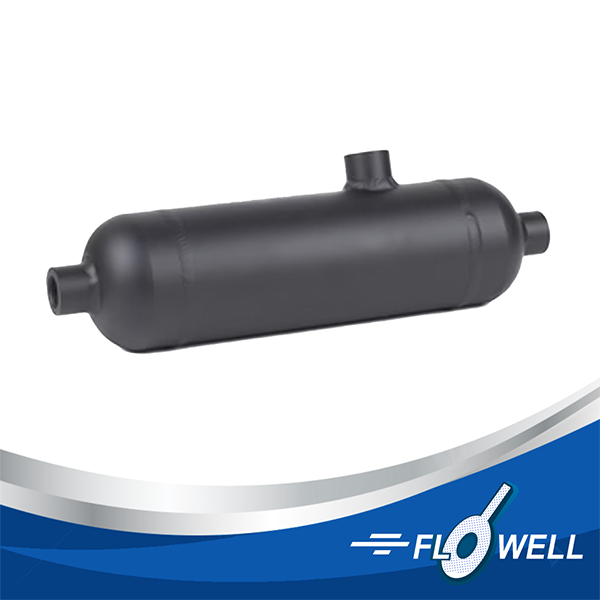
Condensate Chambers (Seal Pots): Reliable Steam & Gas Instrumentation
Flowell condensate chambers, also known as seal pots, help protect measurement accuracy and instrument life in steam and gas service. By creating a calm collection point in the impulse line, they support a stable liquid seal and keep harsh process conditions and debris away from sensitive devices like pressure and differential-pressure transmitters.
What Is a Condensate Chamber?
A condensate chamber sits between the process tap and the instrument. In steam service, it helps maintain a consistent water leg so the transmitter sees a steady reference. In gas service, it provides a quiet zone where entrained liquids and fine particles can settle out before they reach the instrument. The practical outcome is cleaner signals, fewer callouts for drift, and less time spent clearing fouled impulse lines.
Built for Demanding Conditions
Chambers are fabricated to align with typical piping practices and connection styles, so integration is straightforward on both new projects and retrofits. The geometry is intentionally simple—clean ports, predictable orientation, and easy access—so installation and maintenance stay routine. Where drawings call for alternatives, Flowell can provide additional taps, non-standard threads, and other connection styles to match site preferences.
Materials and construction are selected to complement the surrounding line and service conditions. If your requirements include specific end connections, target volumes, or documentation and inspection steps, we can align the build with your procedures without forcing a one-size-fits-all format.
Where Seal Pots Are Used
You’ll find condensate chambers wherever transmitters encounter steam, temperature swings, or intermittent liquids in gas lines. Power and boiler service benefit from a stable water column; petrochemical and gas applications use chambers to hold back trace liquids and fine debris; refining and chemicals value stable measurement continuity; and sanitary steam utilities prefer to isolate instruments from direct process exposure. The common thread: fewer surprises and a steadier signal.
What You Can Expect
- Clean integration with common connection styles for new builds and retrofits
- Practical options for extra taps, threads, and layout-specific details
- Reduced nuisance maintenance by intercepting condensate and debris before the transmitter
- Support for documentation and inspection steps when projects require it
- Responsive help from engineers who can review drawings and site constraints
Installation & Integration
Placement is typically in the impulse line between the process pipe and the instrument. In steam service, the chamber is commonly mounted below the transmitter so gravity maintains the water leg. In gas service, positioning depends on whether the goal is to drain condensate or capture entrained particles upstream. Commissioning is straightforward: confirm orientation, verify connections, set the fill level, and leak-test per site procedure.
If you’re mapping an existing loop, share your process conditions—media, temperature, pressure, line size—and any drawing notes. We’ll recommend an approach that fits your layout and documentation requirements.
Ready to Specify Your Condensate Chamber?
Send your service details and preferred connections, and our team will help finalize a configuration for your application.